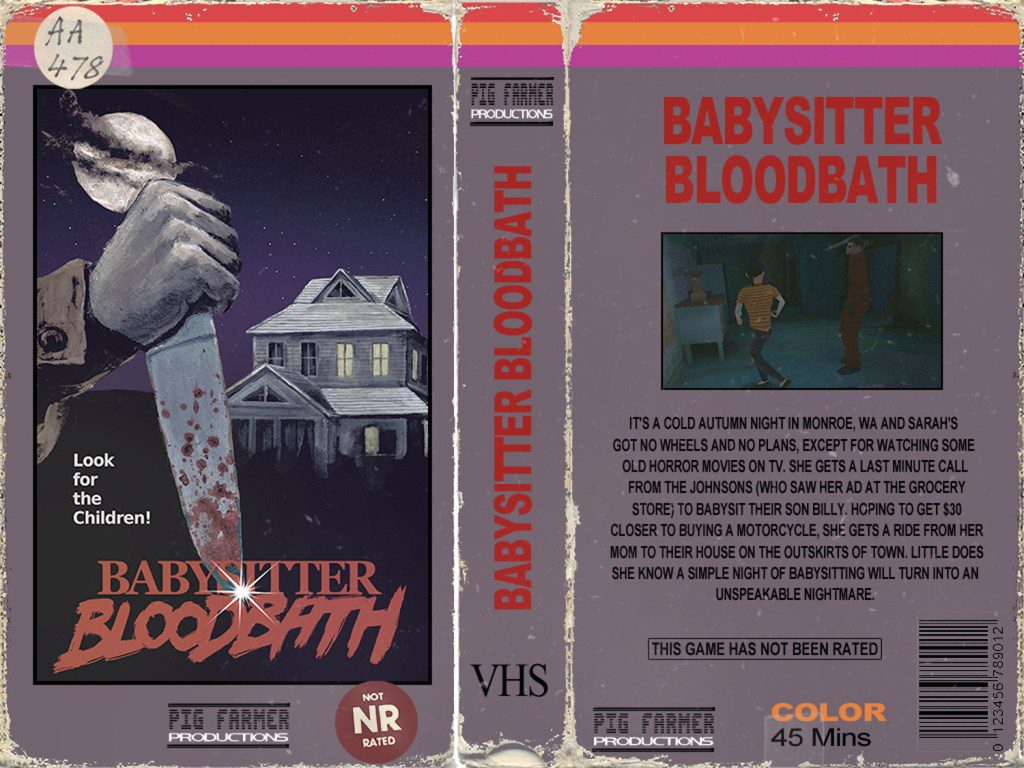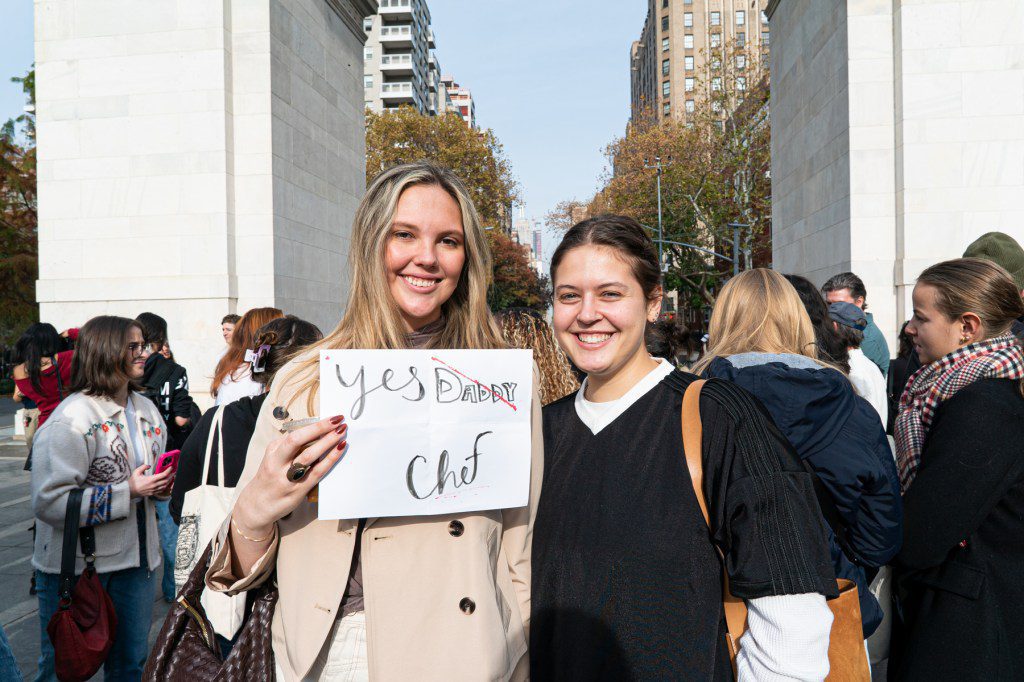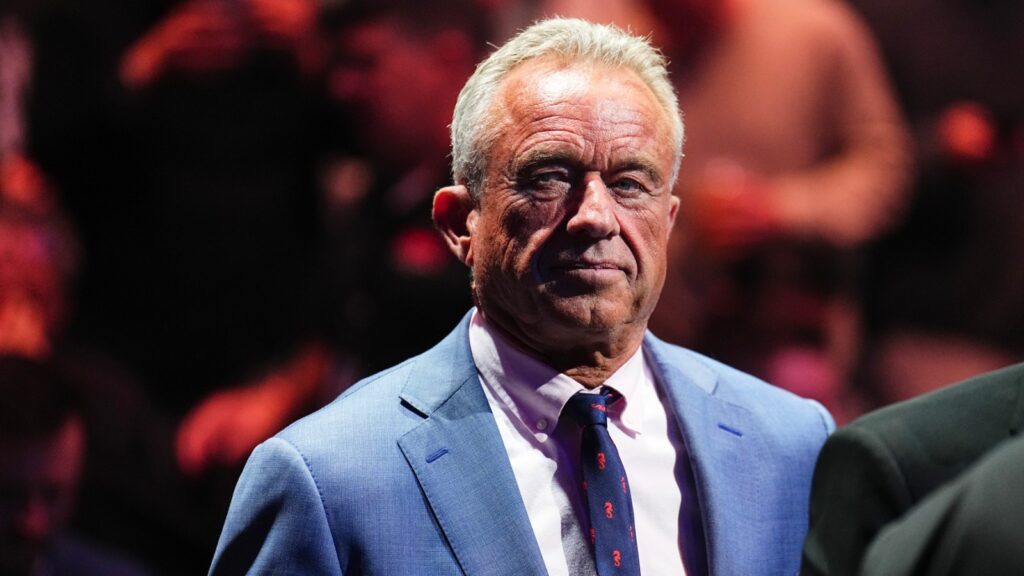How Indie Horror Games Are Bringing Back Retro Grime
You don’t have to have ever touched a PlayStation controller to recognize the console’s Nineties-era blocky graphics. Big studios may have been churning out shiny remakes of 20-year-old games like Resident Evil 4 (2023) and, more recently, Silent Hill 2 (2024), but indie gaming has taken a more rustic approach to sentimentality. In 2024, all the best independent horror games are rooted in the original PlayStation’s fibrous, lo-fi textures and long-nosed polygons.
You can find them in survival horror Crow Country‘s eerie, oxidizing theme park. They’re on the black-and-white computer screens in the paranormal puzzler Lorelei and the Laser Eyes, too. And in the tech-noir story Hollowbody‘s gray buildings, as well as the psychologically taxing adventure game Mouthwashing. Though, like the best bottle of red wine, the PS1-style horror trend has been a few years in the making despite the mass influx of entries all arriving this year.
Johanna Kasurinen, whose studio Wrong Organ just released Mouthwashing, a psychedelic trip to the desolate edges of space, remembers when games were just starting to return to PS1 horror. “My first exposure [to it] was with games by Puppet Combo around 2015,” she says.
In the 2010’s, developers like indie studio Puppet Combo and Kitty Horrorshow started putting out barebones horror experiences clearly modeled on an old-school pixelated aesthetic. Puppet Combo’s Babysitter Bloodbath (2013), for example, borrows its ponytailed protagonist’s clumsy shooting and moon-shaped skull from 1999’s Silent Hill. But these early games weren’t always explicitly advertised as “PS1-style.” That clear distinction happened in time, as more developers caught on and started making games influenced by their childhood and each other.
2013’s ‘Babysitter Bloodbath’ was one of the breakthrough titles in the PS1-styled horror trend
Puppet Combo
“I think people may be surprised by how long this [horror] subgenre has been going on,” Kasurinen says “but part of why it is so popular and enduring is the community. I would never have been able to learn how to recreate this style of graphics if it wasn’t for many artists before me making videos and tutorials explaining the process.”
Proliferating the skin-prickling, grainy darkness of legendary PS1 titles like 1996’s Resident Evil is also, for many developers, a matter of practicality. Vincent Adinolfi, the developer behind the upcoming survival horror game Heartworm, says Nineties graphics are particularly great for solo developers, who make up much of the indie gaming scene.

2025’s ‘Heartworm’ takes inspiration from games like ‘Resident Evil’ (1996)
DreadXP; Vincent Adinolfi
“When I realized I could make a 3D game and not create AAA quality assets for everything, the gears started turning,” he says. “It seems like a lot of other people realized that too, and now [PS1-style games] are coming out more and more frequently.”
Adam Vian, the creative director behind Crow Country, agrees. He recalls not having any 3D modeling skills when beginning work on his Silent Hill-inspired game, “which is partially why the character models are so blocky and simple.”
“In a funny way, my own lack of skills and experience acted as a proxy for the limitations that developers had to work with in 1998,” he says.
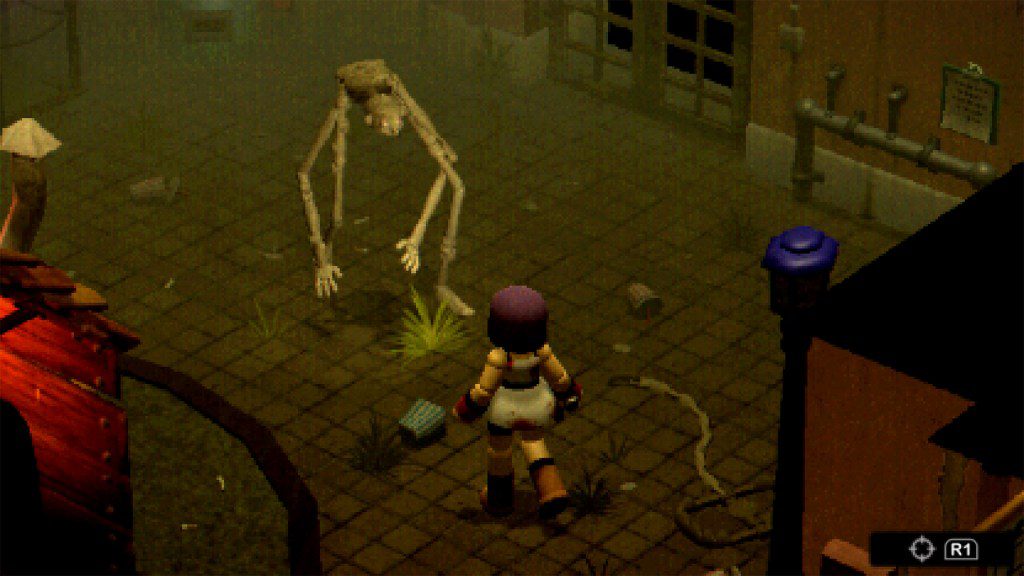
‘Crow Country’ was designed under its developer’s limitations, but the circumstances became a boon
SFB Games
Players get a dark thrill from these limitations. When a game is coated in the PS1’s film — the fuzz and filaments that prevent its half-human faces from existing in the real world — it becomes truly transformative. It’s easy to map personal ideas and anxieties onto ill-defined environments, so even something as unimpressive as a coffee table in these games appears like a blobby cloud, always on the verge of turning into something else. “I think lack of visual fidelity allows our imaginations to fill in the gaps,” Adinolfi says, “and the things we imagine are often much more terrifying than reality.”
Cozy Game Pals founders Bryan Singh and Crista Castro agree. Their upcoming game Fear the Spotlight (Oct. 22) is one of the first games to be published by Blumhouse Games, the newest branch of the horror-centric studio behind hits like the Insidious franchise and modern Halloween films. Fear the Spotlight is Cozy Game Pals’ take on lo-fi third-person terror, and follows two best friends after a botched séance.
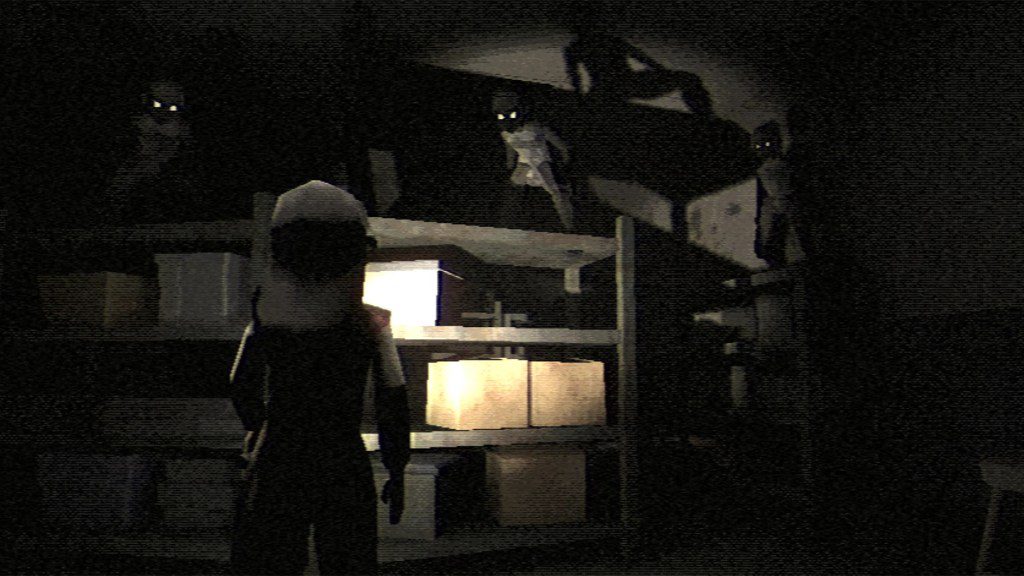
‘Fear the Spotlight’ shows that Hollywood also sees the potential of the retro horror renaissance
Blumhouse Games; Cozy Game Pals
“What’s interesting is that different people take away different things from PS1 horror games — whether it’s the story, lore, setting, or something else,” the duo says. “For us, we remember games like [1996’s] Resident Evil and Silent Hill being very cinematic and atmospheric. When we blend that distinctive visual style with that same atmosphere, it really taps into our nostalgia.”
Though, the past doesn’t just provide warmth — it also offers insight.
“My favorite thing is when a player comments on a scene in our game and goes, ‘This is something I’ve felt before but haven’t been able to articulate,’” Kasurinen says. “There’s a lot of focus on nostalgia when talking about lo-fi games, but I think an important aspect of it is that we don’t need state-of-the-art graphics to make something impactful.”
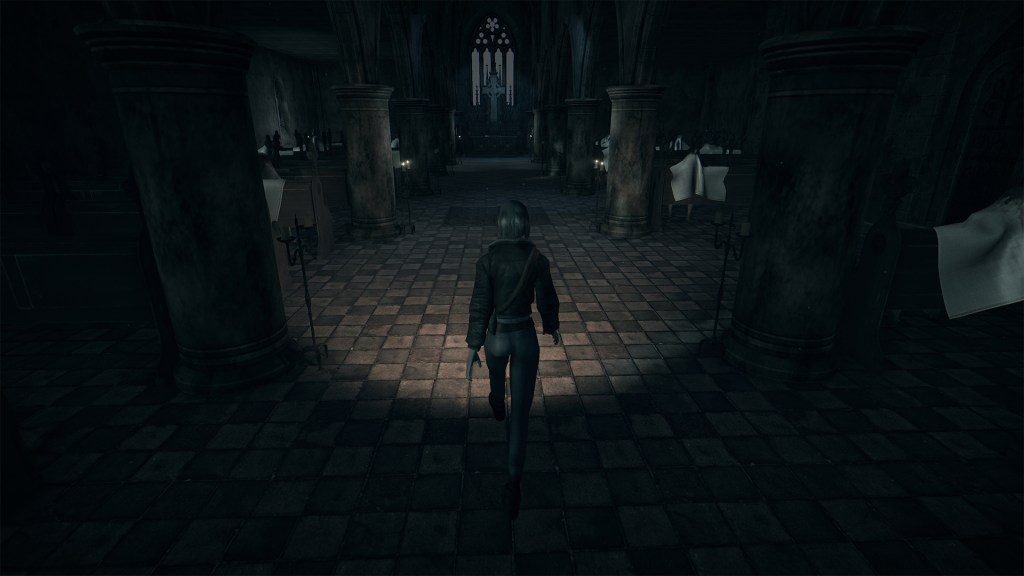
‘Hollowbody’ looks like old ‘Silent Hill’ that’s a good alternative to modern ‘Silent Hill’
Headware Games
As PlayStation is currently (and unpopularly) promoting its $700 PS5 Pro — which will launch on Nov. 7 — Kasurinen’s philosophy is almost transgressive. But horror’s current fascination with PS1-style graphics also proves just how effective they are. Neither players nor developers need their games to look as tangible as their own skin. They just want to be able to feel a game knocking at their hearts, providing imperfect humanity and perfect fun, two things encompassed by shitty Nineties’ graphics. So, while the new PS5 Pro boasts impressive AI upscaling and advanced ray-tracing, its shiny new plastic wrapping is clearly no match for 35-year-old grime.
“When it comes to the list of things I care about — the things that stick with me the most from the games I love — how ‘good’ the graphics are is almost never even a consideration,” Adinolfi says. “I think it’s an easy crutch to lean on for high-budget studios, but graphics alone won’t save a game.”
That said, it’s also unlikely that PS1-inspired horror will stick around indefinitely. “From a business and marketing perspective,” Vian says, “it’s already getting much harder for indie developers to get noticed making low-poly horror games.”
For now, though, you can expect to keep screaming like it’s 1995.


